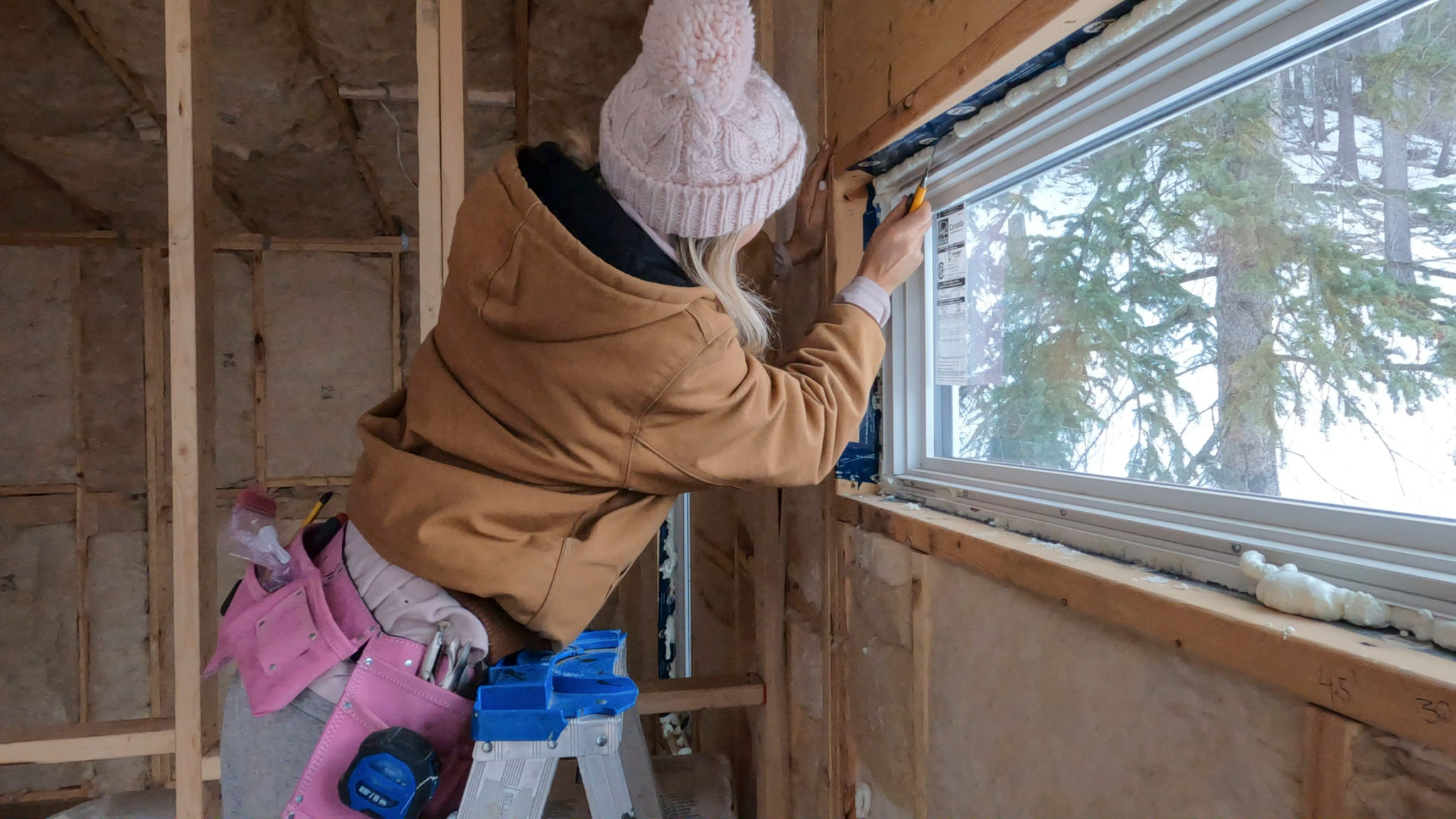Understanding Local Interior Design Regulations: What London Residents Need to Know
Understanding Local Interior Design Regulations
For London residents, embarking on an interior design project can be both exciting and daunting. One of the crucial aspects to consider is understanding local regulations that may affect your design plans. These regulations are in place to ensure safety, maintain the character of neighborhoods, and protect heritage sites. Knowing these rules can save you from potential legal issues and ensure a smoother renovation process.
The first step in any interior design project is to check if you need planning permission. In London, certain alterations may require approval from local authorities. This is especially true if you live in a listed building or a conservation area. Failure to obtain the necessary permissions can result in hefty fines or being asked to revert changes.

Planning Permissions and Building Regulations
Planning permissions are typically required for significant structural changes, such as extensions or changing the use of a building. However, if your project involves minor internal modifications, you might only need to comply with building regulations. These regulations ensure that any work done is safe and up to standard.
Building regulations cover a variety of aspects, including fire safety, structural stability, and energy efficiency. It is essential to familiarize yourself with these requirements or consult a professional who can guide you through the process. This step is crucial in ensuring that your design is not only aesthetically pleasing but also compliant with safety standards.

Conservation Areas and Listed Buildings
If your property is located within a conservation area, additional restrictions may apply. These areas are designated to preserve their historic or architectural significance, so any changes must align with the character of the neighborhood. Similarly, listed buildings have their own set of rules due to their historical importance.
For listed buildings, even minor changes can require special consent. It's advisable to work with an architect or designer experienced in dealing with such properties. They can help navigate the complex regulations and ensure that your project enhances rather than detracts from the building's historical value.

Working with Professionals
Engaging with professionals such as architects, interior designers, or planning consultants can be invaluable. They bring expertise in navigating London's complex regulatory landscape and can provide innovative solutions that comply with local laws. Their knowledge can prevent costly mistakes and streamline the approval process.
Additionally, professionals are often familiar with the latest trends and sustainable practices, helping you create a space that is both modern and environmentally friendly. This collaboration can elevate your project, ensuring it meets both your aesthetic desires and regulatory obligations.
The Importance of Staying Informed
Local regulations can change over time, so staying informed is vital for any long-term project. Regularly check local council websites or subscribe to newsletters related to property development in London. Being proactive can help you anticipate changes that may affect your plans.
By understanding and adhering to local interior design regulations, London residents can enjoy a beautifully designed space that meets all legal requirements. This knowledge not only protects your investment but also contributes positively to preserving the unique charm and history of London's neighborhoods.
